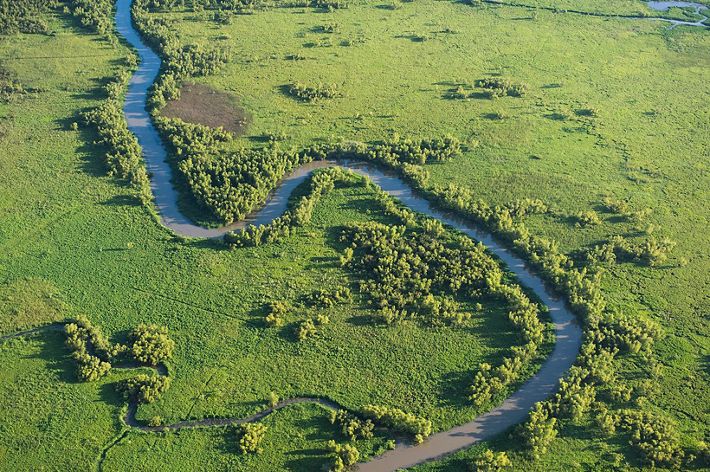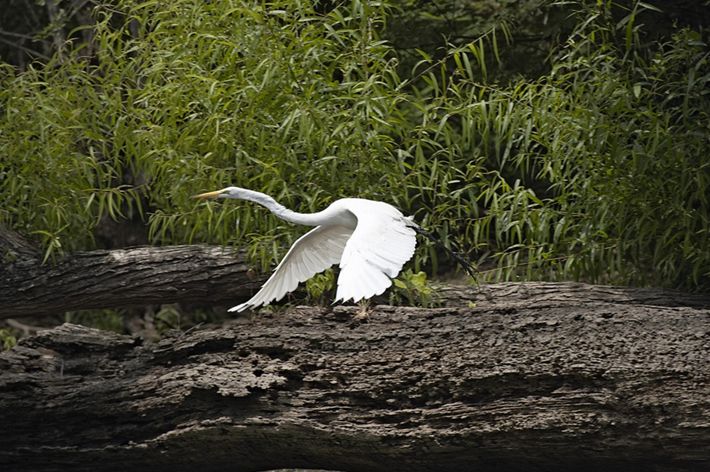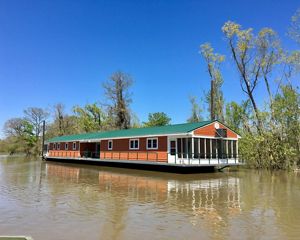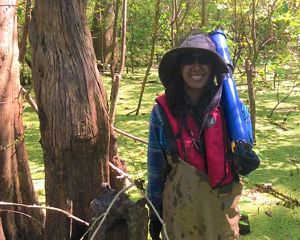Atchafalaya River Basin
At almost a million acres, the Atchafalaya river and surrounding watershed comprises North America's largest floodplain swamp.
The Atchafalaya River Basin's remarkable size, at almost a million acres, reflects its significant ecological, economic and cultural importance for Louisianans. The Atchafalaya boasts an especially high variety of plants and animals that are not only important for nature's sake but for the people who make their living from the region's lands and waters.
Wetlands store and filter waters flowing from the Atchafalaya River into the Gulf.
In addition to providing critical wildlife habitat, the Atchafalaya River Basin functions as a flood relief outlet and important filter for the Mississippi River, slowing its flow and trapping nutrients and pollution to improve water quality before it empties into the Gulf.
Delivering clean, fresh water to the coast fuels the creation of unique wetland habitats that oysters and other aquatic species need to thrive. This process also deposits sediments that are key to growing the deltas in Atchafalaya Bay and Wax Lake, the only instance of coastal land building in Louisiana.
Eyes on the Atchafalaya
Disconnecting the river from surrounding floodplain diminishes the Atchafalaya's value to nature and people.
In spite of the many important services provided by the Atchafalaya River Basin (wildlife habitat, flood control, water filtering, pollution reduction and others)—valued at billions of dollars annually—the future of the Atchafalaya is at risk. Decades of hydrologic manipulations have disconnected the river and its surrounding floodplain, preventing the natural overflow of water into the backswamp. The resulting faster and straighter flows don't give the water time or space needed for it to be stored and/or filtered by the wetlands. As a result, throughout the Atchafalaya River Basin, we are witnessing degraded water quality, declining forest health and compromised wildlife habitat.
TNC takes the lead on protecting and restoring the Atchafalaya.
In response, The Nature Conservancy is working to cultivate an enduring appreciation for the Atchafalaya River Basin for generations to come. Through land acquisition, we have an opportunity to access more places to pursue on-the-ground monitoring and land stewardship. We are also working with local communities on cultivating a culture of restoration and with partners and scientists in the conservation and academic communities on exploring cutting-edge approaches to complex issues surrounding the conservation of such a vast and diverse swamp forest.

Science helps TNC and partners identify conservation priorities in the Atchafalaya River Basin.
TNC is also working with partners on advancing the latest science to study the Atchafalaya River Basin on land, in the water and up in the air. For example, the Atchafalaya is a critical stop-over for a variety of bird species that arrive to rest and refuel during migration. In response and thanks to technology furnished by the University of Oklahoma and land provided by A. Wilbert’s Sons, TNC set up doppler radar on a trailer situated in a sugar cane field to monitor bird species visiting the Atchafalaya during spring and fall migration. The data collected will confirm the importance of this habitat to bird populations while informing TNC's future conservation efforts in the region.
In addition to informing TNC's work in the Atchafalaya, this monitoring effort is also part of a more extensive study led by the U.S. Geological Survey to analyze how a changing climate and sea levels are impacting important stop-over habitats for migratory birds. Since the radar can track a flock of birds in real time and across great distances, the data—which is analyzed by a TNC Conservation Fellow studying at the University of Delaware—will provide valuable information about the birds and their patterns throughout the southeast and beyond.
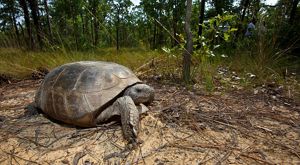

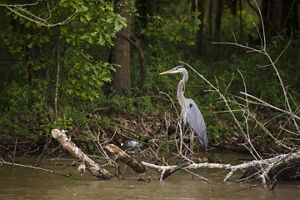
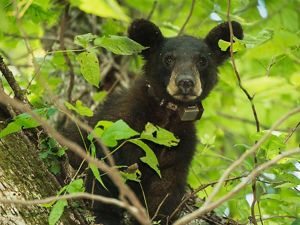
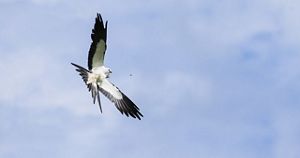


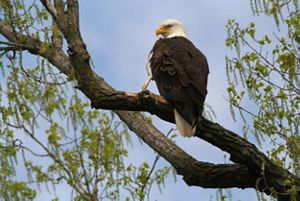
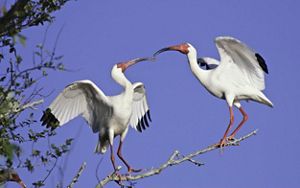


Gopher Tortoise: Adult Gopher Tortoise © Karine Algner

Pelican: The Atchafalaya Basin is an important part of a migration pathway for many birds. © The Nature Conservancy

Heron: A great blue heron rests in the Atchafalaya River Basin. © Audra Melton

Louisiana Black Bear: A black bear cub rests in a tree. © Carlton Ward Jr.

Swallow-tailed Kite: Swallow-tailed kites are one of many birds that can be seen in Louisiana's Atchafalaya River Basin. © Mac Stone

Alligator: An alligator floats in water at the Atchafalaya National Wildlife Refuge in Louisiana. © Byron Jorjorian

Egret: A great egret flies over water at the Atchafalaya National Wildlife Refuge in Louisiana. © Byron Jorjorian

Bald Eagle: These iconic birds are often spotted around bodies of water, where they hunt for fish, their preferred prey. © Steve S. Meyer

Two Ibises: Two ibises connect on a branch in Louisiana. © Charlie Bush

Barn Swallow: A barn swallow is one of many birds seen in Louisiana's Atchafalaya River Basin. © The Nature Conservancy/Seth Blitch
Stand Up for Nature
Support our work to protect nature in Louisiana

